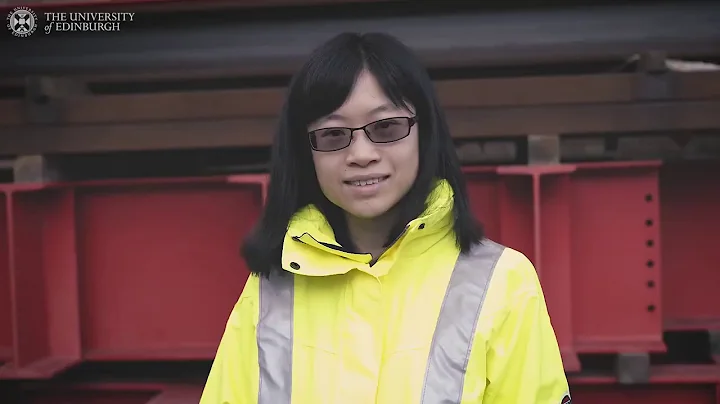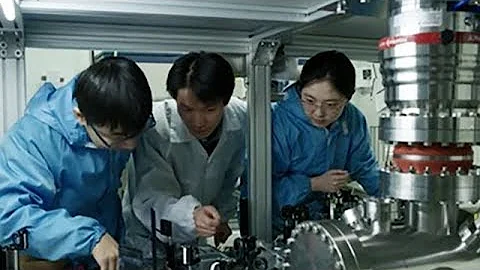Harbin Institute of Technology School of Civil Engineering Li Hui and Professor Xu Xiang have achieved important research results in the field of ceramic airgel thermal insulation. The paper was published on the evening of June 29th, Beijing time, with the title of "Semi-crystalline ceramic airgel extreme thermal insulation materials" "(Hypocrystalline ceramic aerogels for thermal insulation at extreme conditions) was published in Nature (the latest impact factor is 69.504).
Paper link
https://www.nature.com/articles/s41586-022-04784-0

This research is a follow-up to the work "Double Negative Ceramic Airgel Super Thermal Insulation Materials" published by two professors in Science in 2019. Extended research is of great scientific significance and practical value to meet the requirements of thermal insulation, weight reduction and capacity increase, energy saving and consumption reduction, system safety and performance stability in my country's aerospace and other fields under extreme and complex service conditions.
Thermal control under extreme conditions (such as complex mechanical loads and severe temperature changes in environments such as deep space and deep earth) requires thermal insulation materials to have excellent thermo-mechanical properties and thermal insulation properties. Traditional ceramic aerogel super-insulation materials have the bottleneck problem of "mechanical and thermal mutual repulsion" that has plagued them for nearly a century. For example, the amorphous toughening of ceramics causes high-temperature crystallization and powdering, and the low thermal expansion effect is trapped by the structural geometry. And mechanical properties, the mechanical and thermal synergy is enhanced while sacrificing thermal insulation performance, and the low density reduces phonon heat transfer while being unable to effectively block high-temperature thermal radiation, etc., making it difficult to meet the actual thermal control needs of extreme environments.
In view of this, this paper reports a aerogel multi-scale superstructure design and preparation method, using semi-crystalline (hypocrystalline) ceramic material design combined with zig-zag macrostructure design, giving the ceramic aerogel nearly zero The "double zero" unconventional physical properties of Poisson's ratio (3.3×10-4) and near-zero thermal expansion (1.2×10-7/℃) achieve lightweight, super-flexible, high thermal stability and high-temperature super thermal insulation. and other characteristics.
At the same time, the research team innovatively proposed a method of directly preparing three-dimensional nanofiber ceramic aerogels by "gas turbulence"-assisted electrospinning, which expanded the constraints of traditional electrospinning to prepare two-dimensional membrane materials and enabled the realization of materials. Multi-scale superstructure design, high performance, large-scale and low-cost preparation provide new ideas and methods.

The picture shows one of the research results. Semi-crystalline double-zero ceramic aerogel superelastic and high-temperature insulation properties
The material's elasticity can recover compressive strain up to 95%, and has excellent tensile (breaking strain 40%) and bending (bending strain 90%) deformation ability; strength loss and volume shrinkage under 10,000 high-frequency severe thermal shocks (about 200°C/s) and long-term high temperature (1000°C) aerobic exposure are almost zero; in addition, semi-crystalline ceramics It shows stronger coating ability for carbon and improves the high-temperature oxidation resistance of carbon materials, thereby effectively blocking high-temperature thermal radiation and achieving the lowest high-temperature thermal conductivity of "low-density" ceramic aerogels (20mg/cm3, 1000 (less than 100mW/mK at ℃), making up for the shortcomings of lightweight aerogel materials in the field of high-temperature insulation. The material also has capacitive self-sensing properties, which can monitor the structural damage of the thermal insulation material in real time, further enhancing the safety and reliability of the thermal control system.
source | Harbin Institute of Technology





















